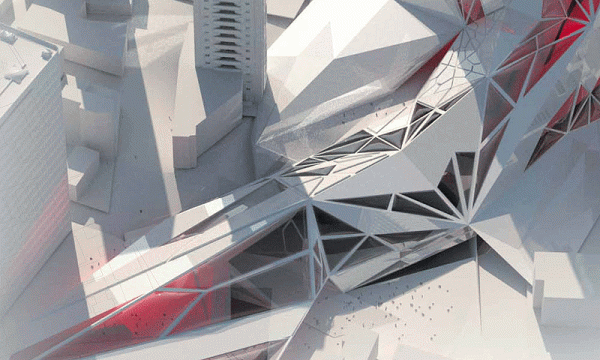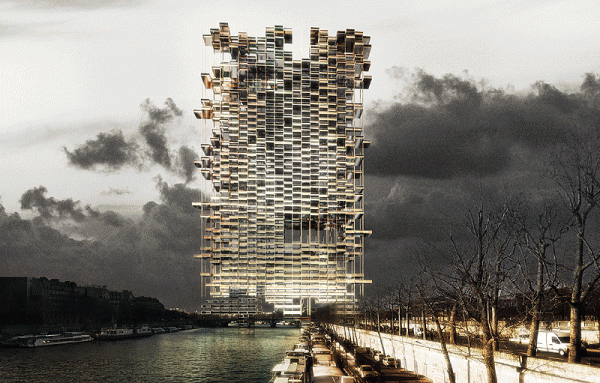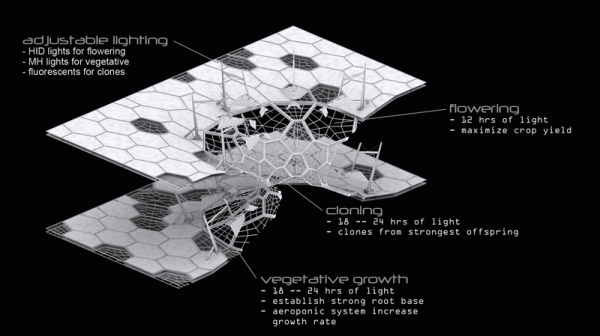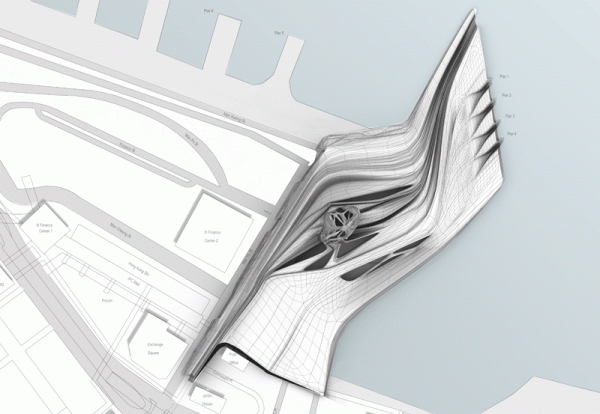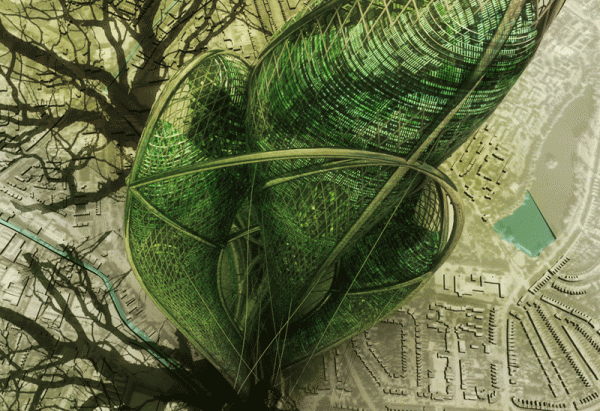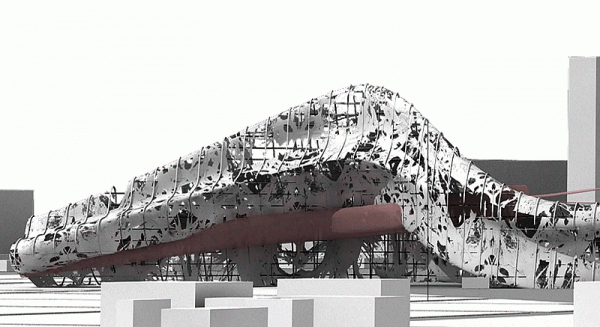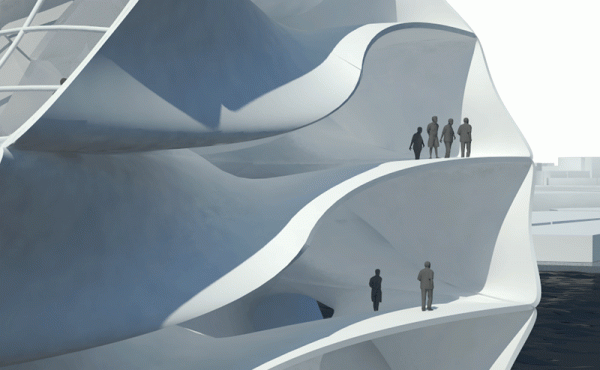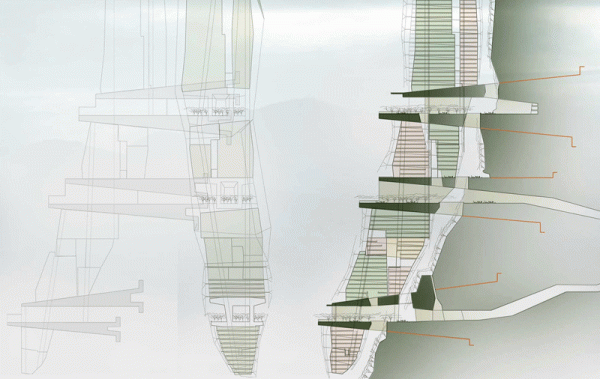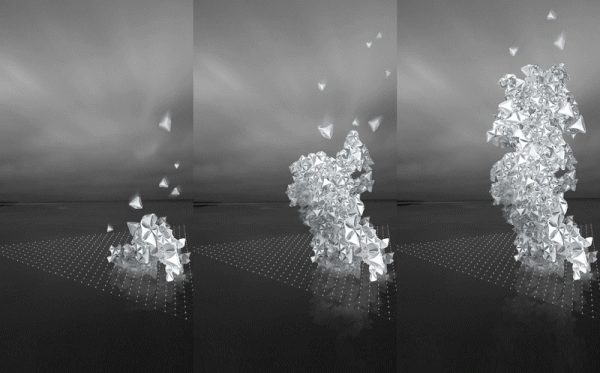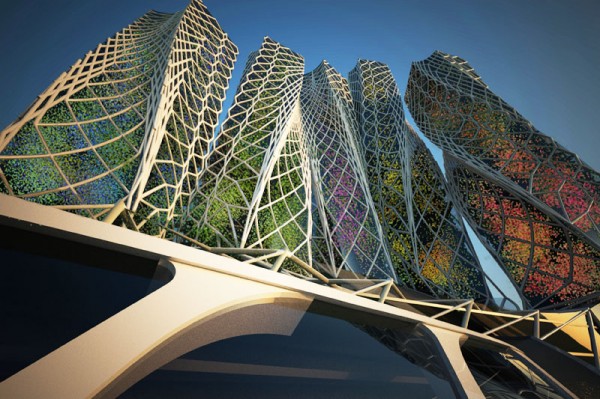1st Place
2009 Skyscraper Competition
Kyu Ho Chun, Kenta Fukunishi, JaeYoung Lee
United States
This project examines a possible solution to the multiple environmental problems we might have in the year 2050. If we continue with the same year to year increment in air pollutants it will no longer be safe to breathe in the outdoors without a filtering device. Neo Arc is the solution proposed by a group of architects, engineers, scientists, and developers that are studying how to integrate the latest green technologies in major residential and commercial developments. Read the rest of this entry »

